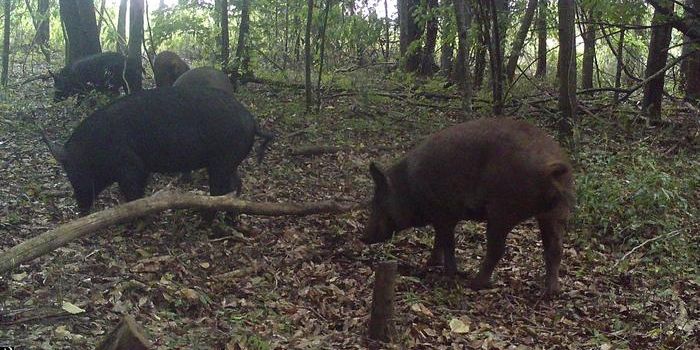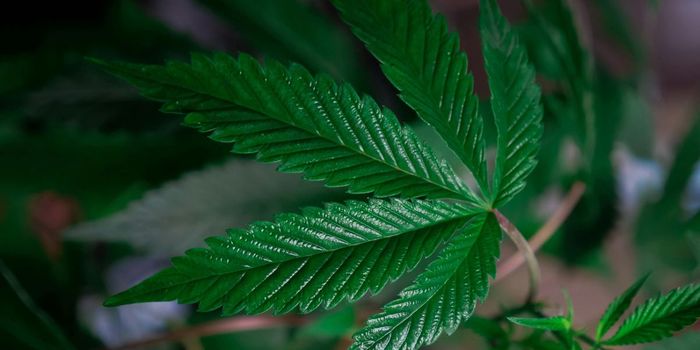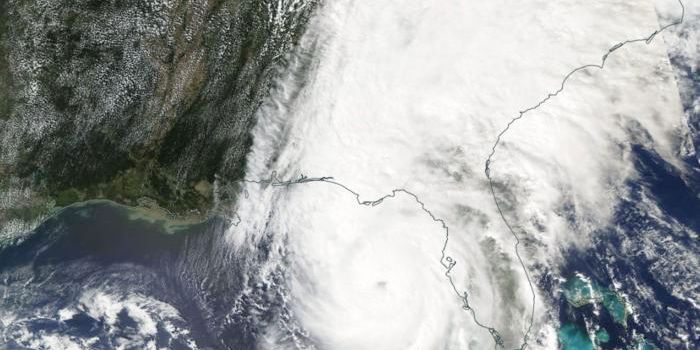Climate Change is the Biggest Hurdle for Reintroducing Pandas to the Wild
What if we told you that giant pandas don’t really have the high metabolisms that you’ve been told they had for years?

Image Credit: PanPan Bamboo
New research, published in the journal Scientific Reports, indicates that giant pandas actually have normal metabolic rates for mammals of their size, suggesting that conservation efforts to re-introduce the animals to the wild may be more feasible than once thought.
So why don’t we? If it can be done, shouldn’t we be doing all that we can to get more of these animals in the wild, rather than keeping them in captivity.
Well, it turns out that in the 1980’s, there was a problem with the supply of wild bamboo and much of it had died off, which is a problem because it’s the main thing these creatures love to eat.
After it became apparent that there wasn’t enough to sustain their diet of 29-32 pounds of bamboo daily, we started scooping them up into captivity and taking care of them to prevent their extinction from starvation.
Since then, bamboo supplies in the wild have exploded, and researchers believe there is a chance there’s enough out there to sustain a wild giant panda habitat once again.
There’s only one major problem with that theory: we don’t really have enough data to know for sure if there is enough wild bamboo to feed the current wild giant pandas, as well as the captive ones that we one day want to reintroduce into the wild.
So that’s where this metabolic research comes into play. By knowing just how much bamboo these creatures are going to try to eat, we can compare that to how much bamboo is known to exist, and consider taking the steps to allow nature to take its course.
On the other hand, there’s another factor: climate change. Even if bamboo isn’t the limiting factor in allowing mass reintroductions of giant pandas into the wild, temperature may be.
Giant pandas really hate the heat, and as the environment continues to get warmer, reintroducing these animals back into the wild with the worsening environmental changes could be a death sentence for the species as a whole.
To be in the healthiest shape possible, giant pandas need to stay under the 77º Fahrenheit range, and as we all know, the world is significantly hotter than that. Warmer temperatures can lead to something known as ‘heat stress,’ which may cause the animals to eat more than they normally would.
At this point in time, it would seem there just isn’t enough research or data to know whether or not freeing the animals would be beneficial to their survival in the world’s constantly-changing environment.
With that being said, it may be a good idea to push off reintroduction to wild attempts for the giant panda until more information is gathered and more is known about how they will respond to the hotter environment surrounding them.
Source: EurekAlert








